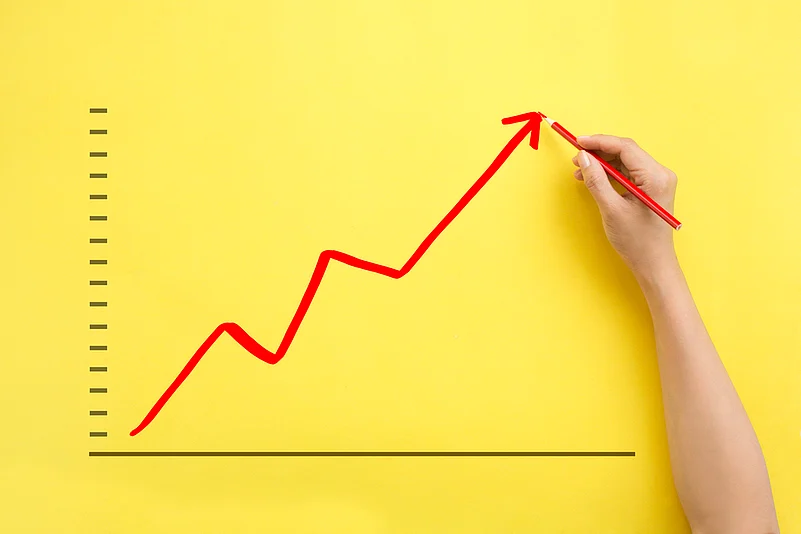Mumbai, November 1: After lagging behind for several months in a row, the credit growth has pick up at a rapid pace in September 2019, thanks to Housing, non-banking finance companies (NBFCs) and medium, small and micro enterprises (MSME) sectors. However, at the same time major growth indicators have continued to prove laggard and hence hopes of pick-up in growth rates in the second half (H2) of the FY’20 are less likely to materialize.
The above findings were listed by Dr Soumya Kanti Ghosh, chief Economic Advisor, State bank of India (SBI) Group in a report Credit Growth Picks up Pace; Evidence of Assymetric Risk Aversion’,under its Ecowrap series.
The report said, the credit growth has jumped to Rs 1.08 Lakh Crore in September 2019. For the first time in current financial year, the sectoral data shows the fiscal credit to industry turned positive and jumped by Rs 97,000 Crore, of which Rs 82,000 crore is attributable to MSME sector.
In September, the jump in retail credit at Rs 51,900 crore was nearly double that of August, of which Housing loans jumped by 2.6 times in September vis-à-vis August. Bank lending to NBFC sector has remained robust and the YTD growth of such is highest across all segments at 11.3 per cent.
SBI Ecowrap report said, “We are less hopeful of a growth pick up in Q2FY20. Out of 26 indicators, only 5 indicators were showing acceleration in September. This indicates the extent of demand slowdown in the economy is still significant and would take longer time to recover. Our base case projection is a modest Q3 growth revival with an inventory drawdown beginning to happen more forcefully from October onwards and an accelerated Government spending (Rs 3.1 trillion in September which is 20 per cent of overall spending) to clear outstanding dues. If we map the leading indicators showing acceleration, there is a distinct possibility that growth in GDP in Q2 will be lower than 5 per cent. FY20 growth rate is likely to slip below 6 per cent, as against RBI projection of 6.1 per cent”.
There seems to be divergent trend witnessed in the credit flows to the infrastructure sector. The report said, interestingly, during Apr-Sep’19, though the incremental credit to infrastructure sector of all scheduled commercial banks (ASCBs) has declined by Rs 52,100 crore, SBI credit to infrastructure has increased by Rs 10,130 crore. “This shows that the level of risk aversion in the banking system continues to remain asymmetric across banks and this needs to be quickly reversed if the economy were to capture growth momentum”, it observed.
Additionally, aggregate deposits of ASCBs, has increased by 9.8 per cent (YoY), compared to last year growth of 8.9 per cent. On YTD basis, deposits grew by a nearly identical Rs 3.6 lakh crore in H1FY20 vis-à-vis H1FY19. “The increase in deposits perhaps reflects the flight of deposits from weak banks/cooperative banks to stronger banks in search of safety”, the research revealed.
The report also indicated that the health of PSBs is improving rapidly following stricter provisioning exercise they have undertaken for more than 8-10 quarters.
Banks’ results in H1FY20 indicates that their provision coverage ratio at an aggregate level (results of 13 banks) is now at a healthy 70 per cnt. In fact, for PSBs, the ratio is much healthy rate at 75.3 per cent. With a system-wise Loss Given Default at 57 per cent, “this indicates PSBs have upfront covered for provisions and this should be taken as an indicator of balance sheet resilience that could withstand an adverse impact of any financial stability!”, it added.

Credit Growth Picks Up; Recovery In GDP To Remain Slower: SBI Ecowrap
Credit Growth Picks Up; Recovery In GDP To Remain Slower: SBI Ecowrap
Published At:
MOST POPULAR
WATCH
MORE FROM THE AUTHOR
×























